Ways to Prevent Wasted Food at Home
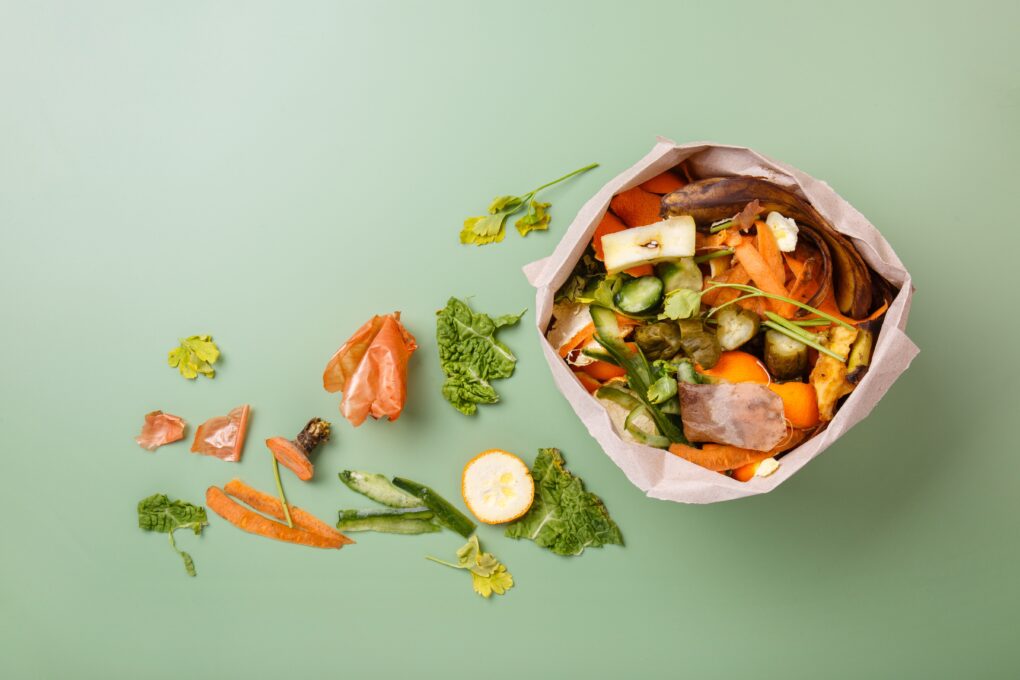
Food waste is a significant issue that impacts both the environment and household finances. By making small adjustments in how we plan, shop, store, and prepare food, we can drastically reduce food waste at home. Below are practical tips and resources to help you prevent wasted food and make the most of your groceries.
Planning and Shopping Tips to Reduce Waste Food
One of the most effective ways to prevent food waste is by planning your meals and shopping strategically. Here are some tips to help you shop smart and reduce waste:
Make a Meal Plan
- Create a list of meals for the week and purchase only the ingredients required for those meals.
- Check your refrigerator, freezer, and pantry before shopping to avoid buying duplicate items.
- Keep a list of meals your household enjoys to make meal planning quicker and more efficient.
Shop Smart
- Base your shopping list on how many meals you will eat at home, considering dining out, frozen meals, and leftovers.
- Include specific quantities to avoid overbuying, such as “salad greens – enough for two lunches.”
- Be cautious with bulk purchases; they only save money if the food is consumed before it spoils.
- Purchase imperfect produce and upcycled products, which are often just as nutritious and available at discounted prices.
Storage Tips to Minimize Waste Food
Proper food storage extends the shelf life of your groceries and ensures they remain fresh longer. Follow these guidelines for optimal food storage:
Storing Fruits and Vegetables
- Store leafy greens, carrots, cucumbers, and broccoli in the high-humidity drawer of the fridge.
- Place fruits and vegetables that rot quickly, such as mushrooms and peppers, in the low-humidity drawer.
- Keep ethylene-producing fruits (bananas, apples, pears, avocados) separate from other produce to prevent premature spoilage.
- Wash berries, cherries, and grapes only before consuming to reduce mold growth.
- Store potatoes, onions, garlic, and winter squash in a cool, dry, dark, and ventilated area.
Proper Refrigerator Storage
- The refrigerator door is the warmest part; store condiments there but avoid placing milk or eggs.
- Store raw meat, poultry, and fish on the lowest shelf where it is coldest.
- Keep the refrigerator temperature at 40°F or below to ensure food stays fresh.
- Store grains in airtight, labeled containers with dates.
- Utilize your freezer for bread, sliced fruit, meat, and leftovers, labeling everything with the date of freezing.
Cooking and Preparation Tips to Avoid Waste Food
Using food efficiently and creatively in your cooking can significantly reduce waste.
Repurpose Leftovers
- Turn slightly wilted or overripe produce into soups, casseroles, stir-fries, smoothies, or baked goods.
- Use edible food parts often discarded, such as beet greens, stale bread, or vegetable scraps, for soups and stocks.
Understanding Expiration Dates
- Learn the difference between “sell-by,” “use-by,” and “best-by” dates to avoid discarding food prematurely.
- Only discard food when it shows clear signs of spoilage, not just because it has passed the printed date.
Proper Portioning and Preservation
- Serve portion sizes that align with how much people will actually eat.
- Preserve excess food through freezing, pickling, dehydrating, canning, or making jams.
- Never leave perishable food at room temperature for more than two hours.
- Store leftovers in clear, labeled containers with dates for easy identification and use.
Food Donation and Composting
If it is not possible to reduce food waste, the next best option is to recover its value through composting.
Donate Edible Food
- Food that is safe but unused can be donated to food banks and charities to help those in need.
Composting
- Composting food scraps instead of discarding them helps enrich soil and reduce disposal waste.
- Local composting programs offer curbside collection and drop-off locations for food scraps.
Sources
Tradebe & Save The Food, Natural Resources Defense Council, EPA Food Waste Reduction Programs.
- Share with Twitter
- Share with Facebook
- Share with LinkedIn
- Share with e-mail
Might be interested in

Building a Low-Carbon Supply Chain: Smart Strategies for Carbon Footprints Sustainable Operations

What is the EU doing to implement green washing regulations?

Better links between waste management, circular economy and climate change mitigation measures can boost greenhouse gas emission reductions

How E-waste and electronics recycling helps environmental conservation

Why Ecotourism Matters in the Fight Against Climate Change
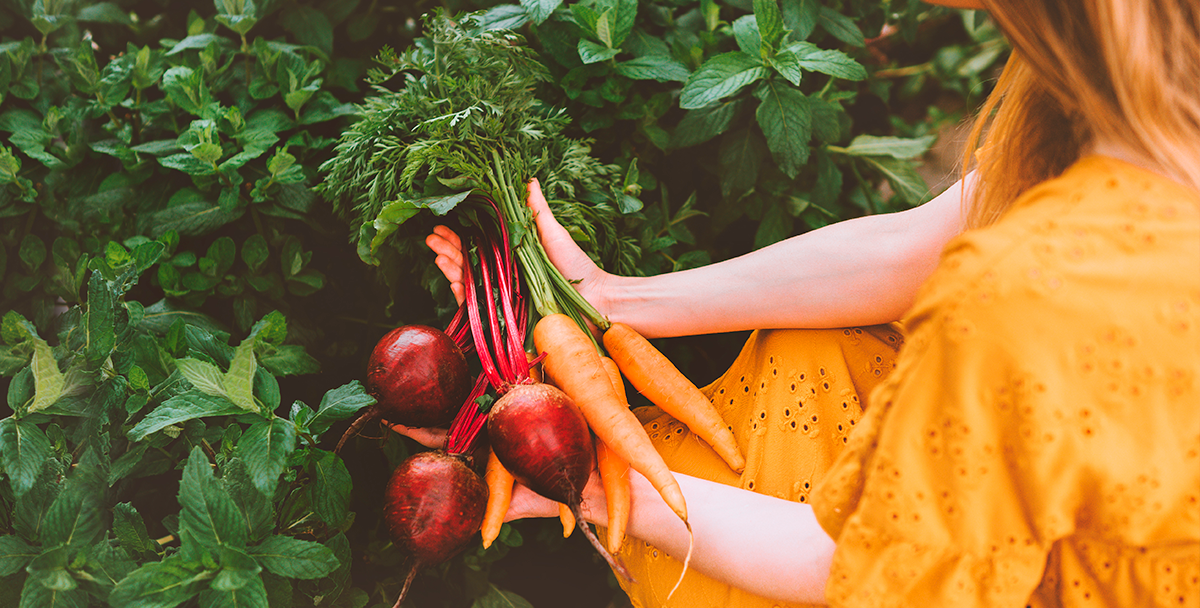
Eating Sustainably: Five Diet Tips for a Healthy Body and a Healthy Planet

10 Sustainable Holiday Tips for a Greener Season
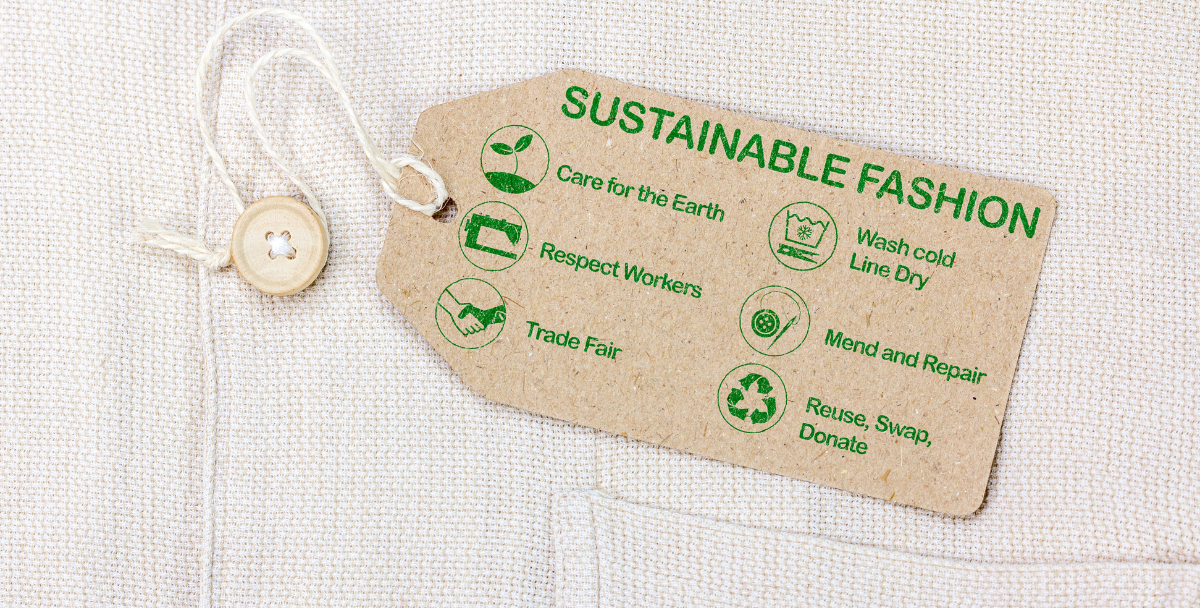
How Sustainability Technology is changing the Fashion Industry for the Better

Sustainable Tourism: How to Travel with Minimal Environmental Impact

Ways Your Smart Home Can Save Energy

How does climate risk affect us?

From waste to worth: battery recycling
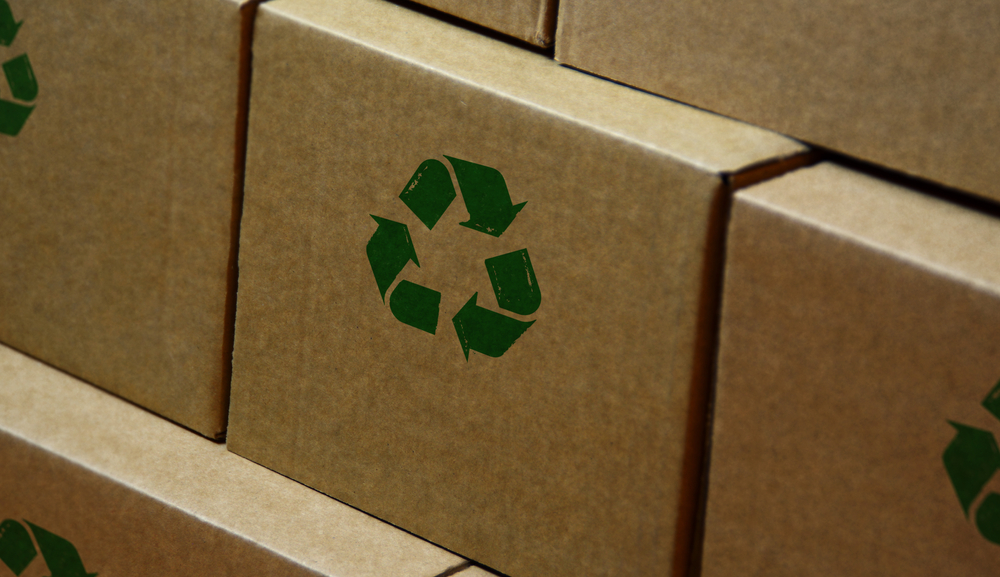
Sustainable packaging

Ecotourism: What It Is and Why It Matters
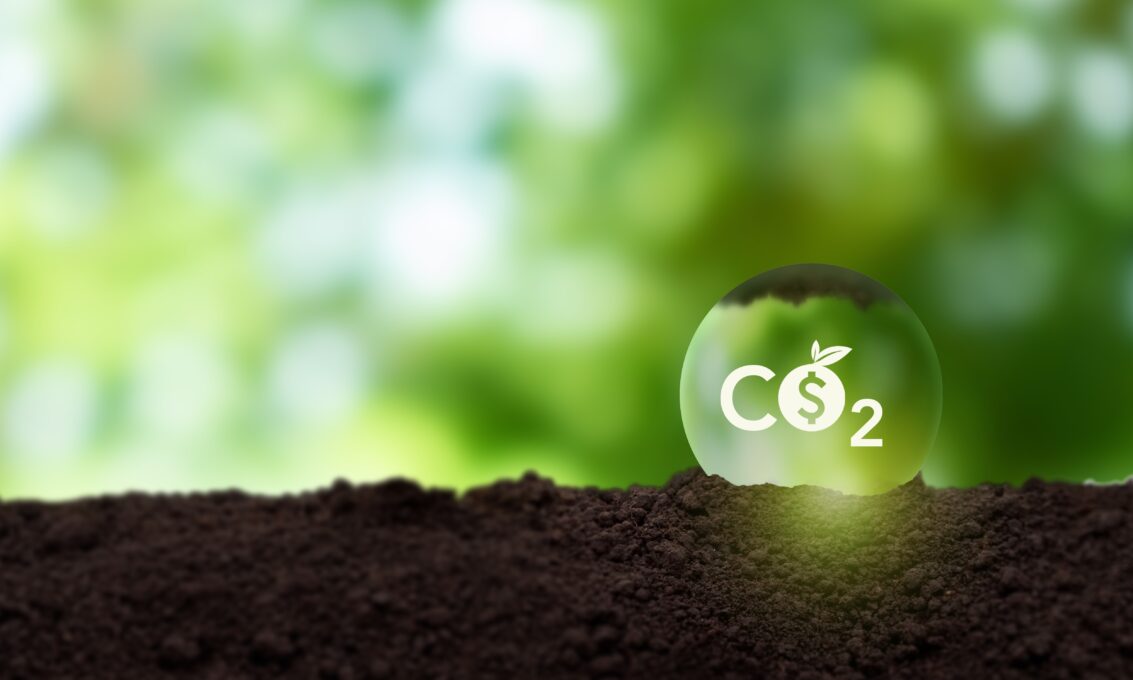
Understanding environmental commodities

E-Waste Solutions: How to Responsibly Dispose of Electronics

Ecotourism: Connecting Nature and Culture for a Sustainable Future
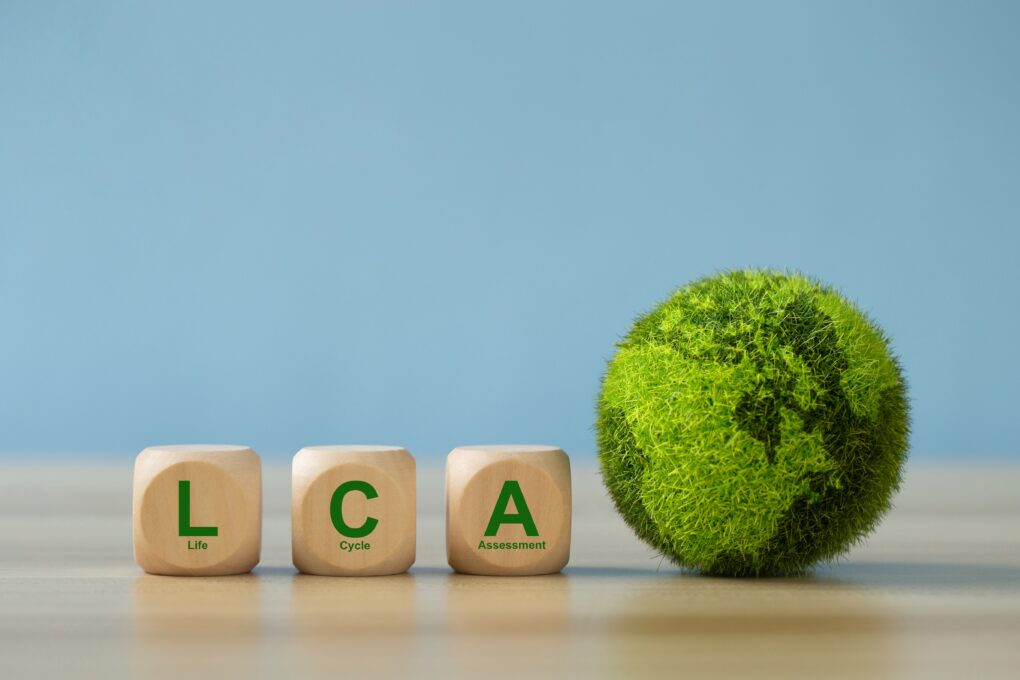
Life Cycle Assessment (LCA): everything you need to know
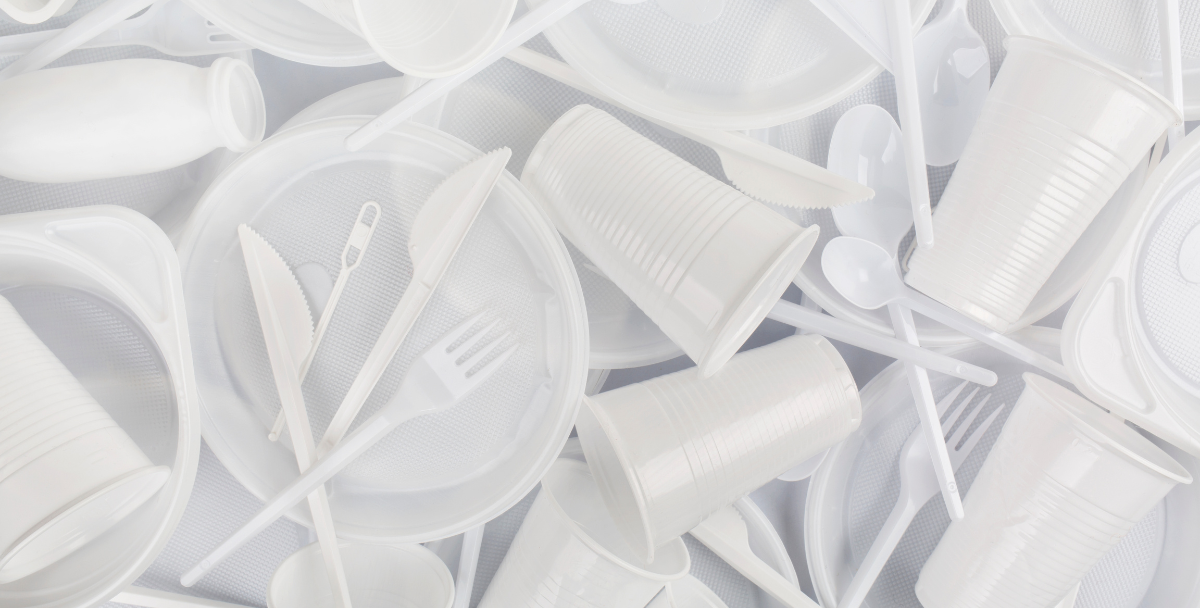
An Ambitious Plan to Manage Non-Packaging Plastics in European Waste Streams

Energy sustainability practices at home

Four benefits of a circular economy
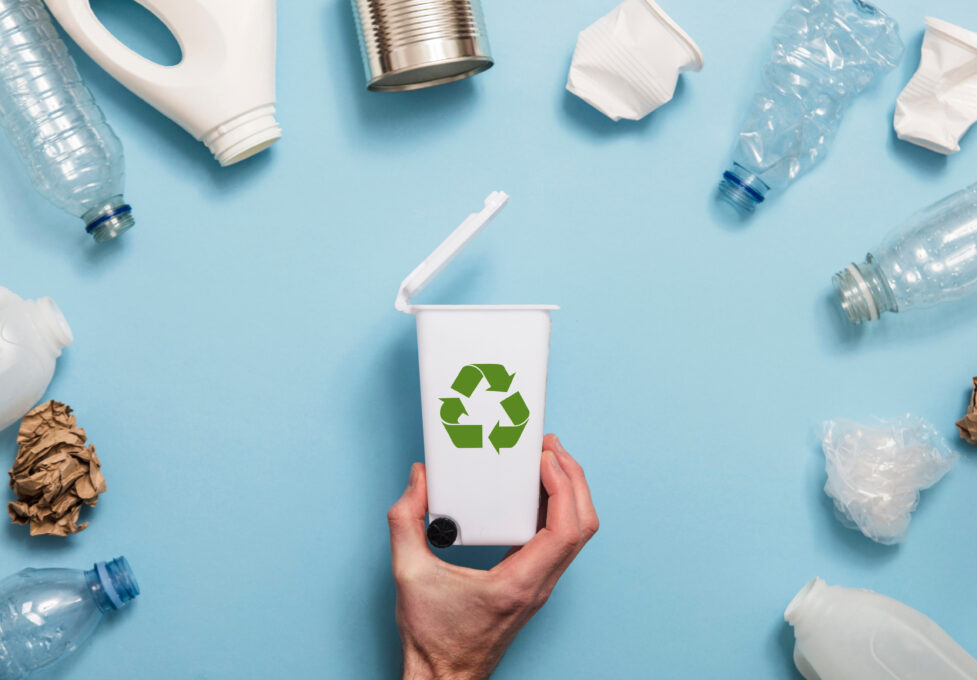
Kinds of plastics, uses and how to recycle

The Transformative Role of AI in the Energy Sector

Sustainable manufacturing
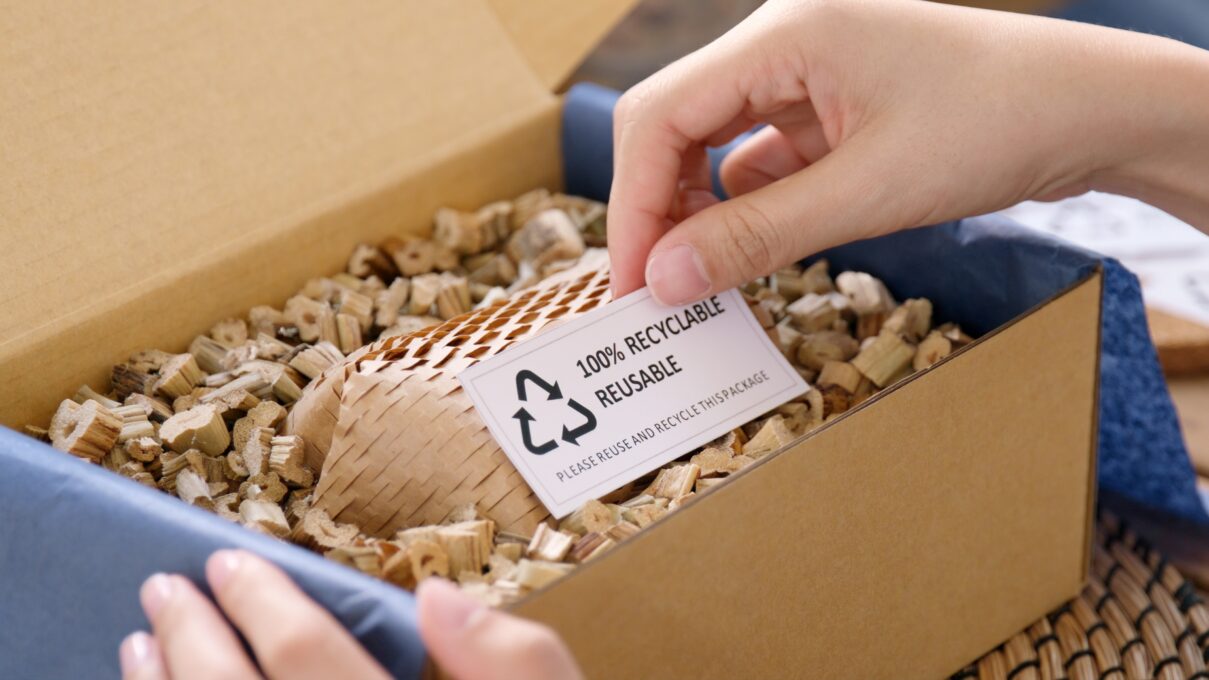
Sustainable products: the key to a greener future

The importance of energy efficiency in achieving climate goals

Empowering a Greener Future: The Role of Sustainable Finance in Transforming Society and the Environment

Ways the world can reduce emissions from global transport systems

A Health-E start

Digitalization can support shifting to more sustainable transport in Europe

How to have a festive and eco-friendly Christmas this year

Sustainable Packaging in the EU: Trends, Challenges, and Opportunities

12 main principles of green chemistry